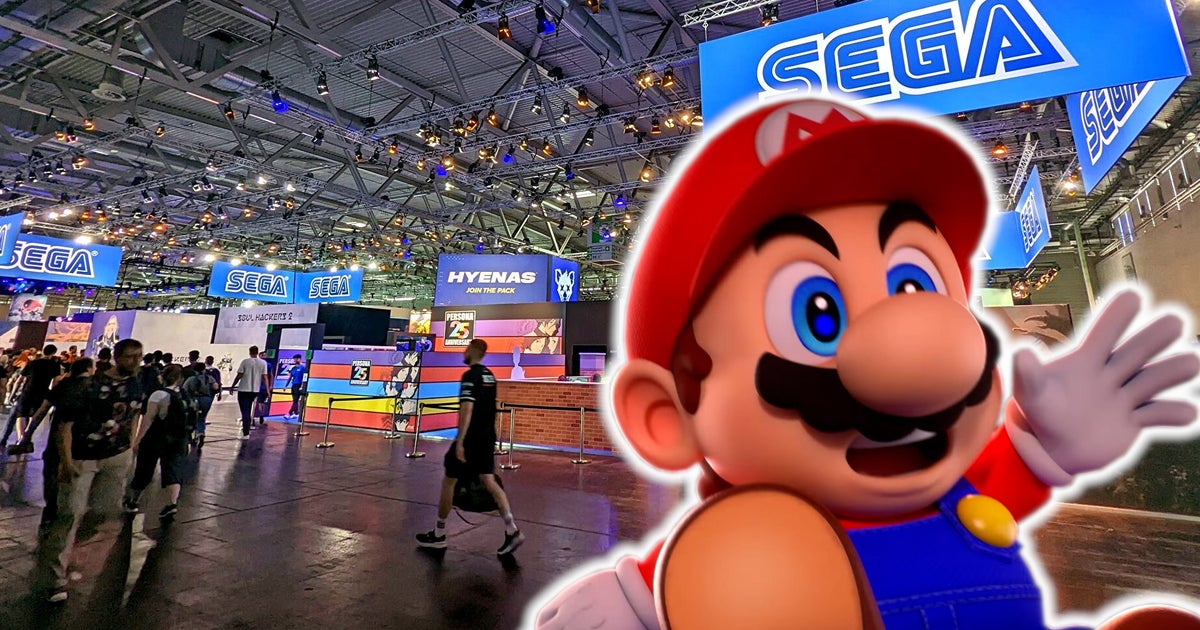LPDDR6, FP4 (dual issue) and better future-proofing for DLSS features to boot.
Not everything is about checking off boxes on a spec sheet. You still need to make hardware that
costs money and
plays games. You haven't mentioned yet a technology which either
cost less money, play same games or
cost same money, play game better.
LPDDR6 might be out next year, but I don't see what it has to offer. LPDDR5 offers almost nothing - it has one minor power saving feature which doesn't really work in game devices. Most everything else that LPDDR5 offered over 4 came from the node shrink of the memory and the controller. Drake isn't a memory starved design, it doesn't need more bandwidth, and it is unlikely to save power from a protocol upgrade. The benefits come from the node, and there isn't a new node that will be available to Nintendo next year that is going to offer a more cost effective product than whatever choices were available to them in 2022, or even 2020, frankly.
FP4 dual issue is useless. It's not a gaming feature, it's an AI research feature. There are no gaming related tensor core updates from Nvidia since Ampere in 2020. The ada lovelace whitepaper, which is 40 pages long, dedicates only
three sentences to the tensor cores. It's a non-issue.
You have no evidence that Nvidia's plan is to lock DLSS features behind some RTX 50 architectural change. I don't know what's in Blackwell and neither do you. Or do you mean frame gen? We know DLSS gets demoed to Nintendo well before it gets released, we saw that from the leak. If Nintendo wanted the OFA that makes frame gen possible, they could have gotten it in Drake.
Presumably they chose not to have it because it would be a terrible idea. Frame generation isn't free, it takes 3-5 TFLOPS of raster performance. When your whole device only offers 1.5-3 TFLOPS of performance, frame gen costs more than native rendering. Adding the OFA that makes frame gen possible to Drake would have eaten up physical die space that could be used for something else. It was a waste.
You keep saying that it will be out of date by 2025, and that's just demonstrably not true. The architecture is still close to the top of the line. The
performance level might be well below what other handheld PCs are doing in that space, but no one is going to offer significantly more power in a handheld at the cost that Nintendo does by next year. And launching 6 months earlier would not dramatically change that,
We still don't know ARM's cpu schedule for 2025, so that can't be verified at the moment.
LPDDR6 and Blackwell's release schedules aren't out either, but that didn't stop you there

But we do know that the 2025 ARM processor won't have 32-bit support. So if Nintendo waited for that, they'd have to give up on backwards compatibility with Switch 1 software.
ARM, Nvidia, AMD, Apple, Samsung, Mediatek, Qualcomm - their whole business model depends on yearly product releases. Branding those products as "next gen" helps sell them. That doesn't mean there is actually some generational leap happening every year, and Nintendo misses the Boat to the Undying Lands if they don't have everything at the moment of launch.
A proper 2025-ish handheld would be an improvement by architecture alone, that's just how far Ampere is expected to fall below the curve at the current pace... But again, late 2025 isn't exactly the most reassuring date to speculate about.

www.eurogamer.de



